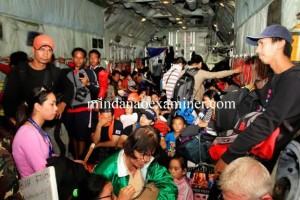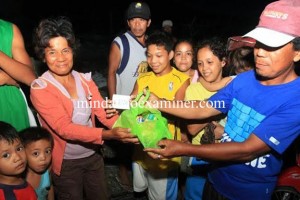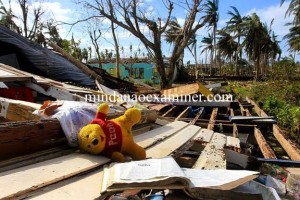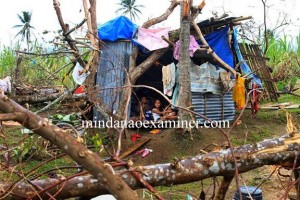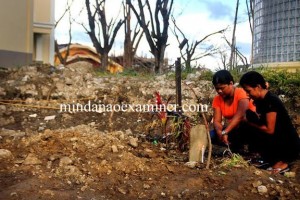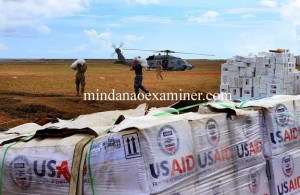
TACLOBAN CITY (Mindanao Examiner / Dec. 6, 2013) – A month after super typhoon Haiyan slammed into the Philippines, the International Red Cross and Red Crescent Movement is calling on donors to continue to scale-up funding to ensure that the long term recovery needs of affected communities can be met.
“Comparing Typhoon Haiyan with the 2004 tsunami, the death toll is much lower, but almost five times as many people have been affected,” Bernd Schell, the International Federation of Red Cross and Red Crescent Societies (IFRC) country representative, said in a statement sent to the regional newspaper Mindanao Examiner.
“We plan on helping communities to rebuild their lives over the next three to four years. This will require considerable resources and sustained support from donors,” he said.
Overall, the incomes of more than 5 million people have been disrupted or lost in the wake of typhoon Haiyan, leaving an estimated 2.4 million people requiring food relief. Across affected areas of Cebu, Panay, Leyte and Samar provinces, Red Cross food aid has so far reached over 440,000 people and more than 500,000 people have been given access to safe water.
“The generosity in the immediate aftermath of Haiyan enabled us to deliver food, water and health care to people still in desperate need of vital aid,” Alain Aeschlimann, the International Committee of the Red Cross (ICRC) head of operations for the region, said in the same statement. “We will be concentrating recovery efforts on highly affected, difficult-to-reach communities in areas already beset by armed conflict.”
As relief efforts continue to gather pace, Red Cross and Red Crescent partners are now starting early recovery programs aimed at building the long-term resilience of typhoon-stricken communities; helping families to reconstruct stronger, safer houses, kick-starting local economies by providing cash grants and launching cash-for-work schemes, and continuing to support local health services providing curative and preventive health care, as well as rebuilding essential health facilities.
Teams from the IFRC and ICRC are working to support the Philippine Red Cross (PRC), which mobilized over 1,000 volunteers when it launched its emergency response operation immediately after the typhoon struck.
Since then, the PRC has been distributing food and essential relief items and providing clean water and health services, while also tracing missing people, supporting body retrieval, helping with debris clearance and providing psycho-social support to the communities concerned.
Gwendolyn Pang, PRC Secretary-General, said: “Over four million people have been displaced from their homes. They need to know they will have a safe home to return to, livelihood to help rebuild their lives and that they will not be forgotten.”
Mark Navales, a Mindanao Examiner news bureau chief and chief of photographers, who is covering post-disaster relief operations in Leyte province, described the devastation in Tacloban City – one of the areas ravaged by the typhoon – as “unimaginable.”
“Everywhere you look is a total devastation. Everything is flattened by the monster typhoon and pleas for help, for food and shelter and other necessities still continue, more stronger as Haiyan survivors start rebuilding their own foundation, their own survival and trauma is so great that even I could not stand the suffering of the people,” he said.
Government reports said nearly 6,000 people are dead from the wrath of the typhoon and more bodies are being discovered every day in Tacloban and other parts of the province where workers continue to clear many areas of debris. (Mindanao Examiner)


